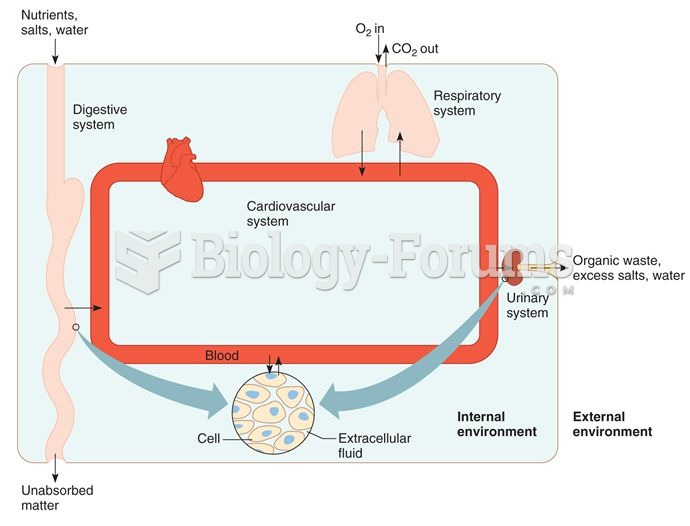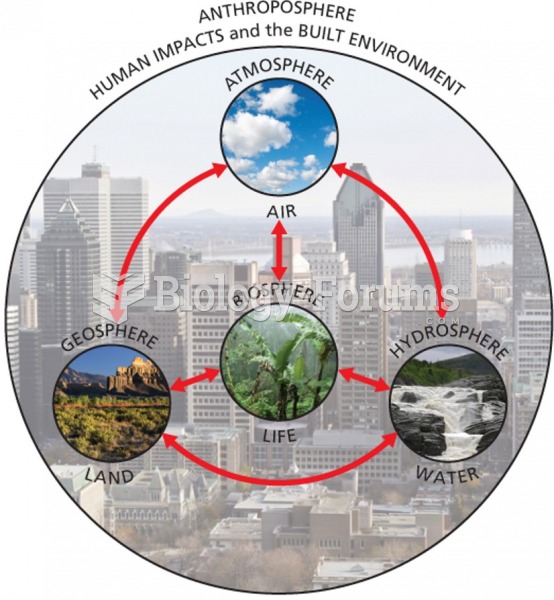Answer to Question 1Forage radishes take up nitrogen, phosphorous, and potassium (N-P-K) from both the
topsoil and the subsoil layer, storing the nutrients in their shoots and root biomass.
Forage radishes also catch rain drops, minimizing soil-surface impact by controlling the
loss of soil particles. The foliage also helps to control weed growth in the nursery,
thereby reducing use of herbicides. Even after radishes are killed by a hard freeze, a
layer of (pungent) decomposing residue remains on the soil surface throughout the
winter and into the early spring, providing erosion control
Answer to Question 2Media commonly used as soil additives include nitrogen, phosphorus, potassium, lime,
and organic fertilizers. Nitrogen encourages above ground vegetative growth and gives
a dark green color to leaves. It also tends to produce soft, tender growth, a good quality
for crops such as lettuce to possess and it seems to regulate the use of the other major
elements. Phosphorus encourages plant cell division, causes flowers and seeds to form,
hastens maturity, encourages root growth, aids potassium absorption, and improves the
quality of food crops. Potassium increases the plant's resistance to disease, encourages a
health root system and efficient use of CO2, and is essential for starch, chlorophyll, and
tuber development. Lime acts as a plant food and as a material that affects soil acidity; it
also supplies calcium, one of the most important of the secondary food elements. Organic
fertilizers provide essential nutrients.







